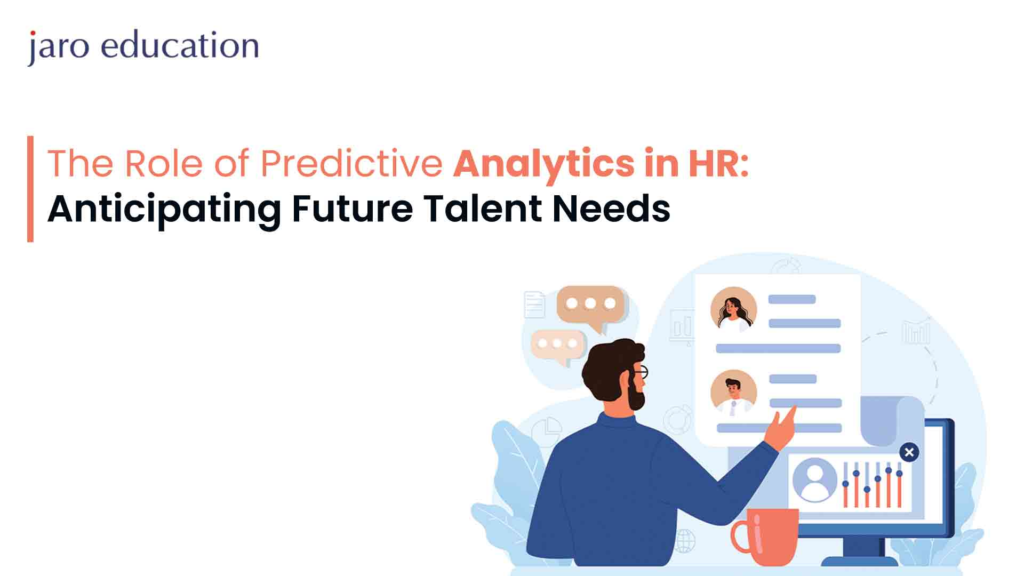In today’s fast-paced job market, retaining top talent is one of the biggest challenges companies face. Predictive talent analytics is emerging as a game-changer in helping businesses reduce turnover before it begins. By using data to identify trends and warning signs, organizations can take proactive steps to improve employee satisfaction and retention.
What is Predictive Talent Analytics?
Predictive talent analytics is the use of data, statistics, and machine learning to analyze workforce trends. The goal is to forecast future behavior such as employee turnover, engagement levels, or performance issues. This allows HR teams to make smarter, faster decisions based on patterns rather than guesswork.
Unlike traditional HR tools, predictive analytics doesn’t just describe what’s happening—it tells you what will happen and how to respond. It combines internal data like performance reviews, absenteeism, and engagement surveys with external data such as market salaries and job trends.
Why Turnover is a Growing Problem

Employee turnover is more than just a headache—it’s expensive. The cost of losing an employee can range from 30% to over 200% of their annual salary. These costs include hiring, onboarding, training, and lost productivity.
On top of that, high turnover rates damage company morale and lead to instability in teams. Retaining the right people means more consistency, better customer service, and long-term business growth.
How Predictive Talent Analytics Helps
Predictive talent analytics gives companies an edge by showing them early signals that an employee might leave. It can analyze factors like:
- Drop in performance
- Decrease in engagement scores
- Poor feedback from peers or managers
- Lack of internal movement or promotions
- Market demand for the employee’s skills
With this information, HR departments can act fast. They may offer mentorship, provide upskilling opportunities, adjust workloads, or even review compensation packages.
Benefits of Using Predictive Talent Analytics
1. Lower Hiring Costs
By keeping current employees happy and engaged, businesses avoid the costly cycle of recruiting and training new hires.
2. Better Retention Strategies
Instead of using generic engagement programs, companies can personalize retention strategies based on real data.
3. Smarter Workforce Planning
Predictive talent analytics supports better forecasting for future hiring needs, skill gaps, and budget planning.
4. Enhanced Employee Experience
When organizations understand what motivates employees, they can create a more meaningful workplace culture.
5. Stronger Business Performance
A stable and motivated workforce leads to improved business results. Employees stay longer, work harder, and contribute more.
Case Study: How One Company Reduced Turnover by 30%
A leading IT firm was facing high attrition rates among software developers. After implementing predictive talent analytics, the company identified that developers who had not received a raise or promotion within 12 months were three times more likely to leave.
With this insight, the HR team introduced an internal mobility program and quarterly development meetings. Within a year, turnover dropped by 30%, and employee satisfaction rose sharply.
Challenges in Implementing Predictive Talent Analytics
While the advantages are clear, using predictive analytics does come with challenges. These include:
- Data Privacy: Employees may feel uncomfortable about how their data is used.
- Data Quality: Poor or incomplete data can lead to inaccurate predictions.
- Technology Costs: Smaller firms may find predictive tools expensive at first.
- Change Management: Managers and HR teams must adapt to a more data-driven culture.
However, these challenges can be managed with clear communication, ethical practices, and by choosing the right tools.
Top Tools for Predictive Talent Analytics
There are many software solutions available that support predictive analytics in HR. Some popular platforms include:
- Workday
- SAP SuccessFactors
- Visier
- IBM Watson Talent
- Oracle HCM Cloud
These tools allow HR teams to gather, analyze, and visualize data without needing to be data scientists.
The Future of HR is Predictive

Predictive talent analytics is not just a trend—it’s the future of human resources. As the business world becomes more competitive, companies that invest in understanding their workforce will stay ahead. Instead of reacting to employee exits, they can prevent them entirely.
In an age where every great employee matters, predictive talent analytics gives businesses the power to act before it’s too late.
Conclusion
Predictive talent analytics is a powerful way to prevent costly turnover before it starts. By using employee data to predict trends, organizations can improve retention, reduce costs, and build stronger, more engaged teams.
For companies looking to reduce churn, increase employee loyalty, and stay competitive, adopting predictive talent analytics is no longer optional—it’s essential.
Also Read – Predictive Talent Analytics: Prevent Costly Turnover Before It Starts



